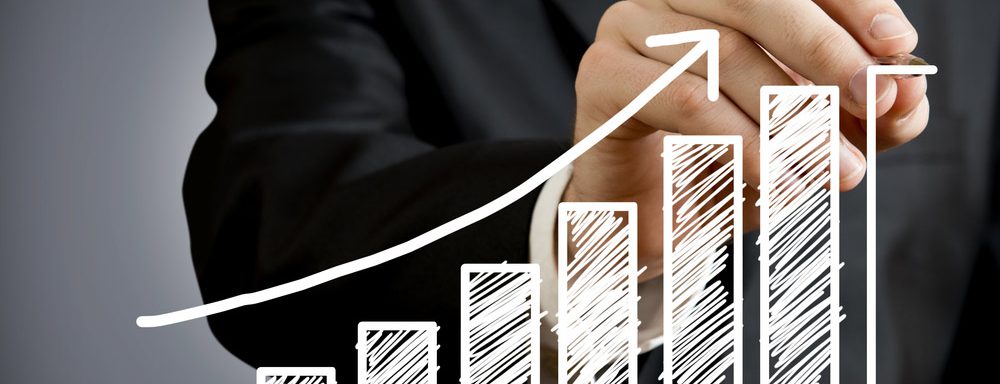Refinancing Can Save You Money—or Cost Money. Learn the Difference.
Refinancing a mortgage means paying off an existing loan and replacing it with a new one. There are many reasons why homeowners refinance: to obtain a lower interest rate; to shorten the term of their mortgage; to convert from an adjustable-rate mortgage (ARM) to a fixed-rate mortgage, or vice versa; to tap into home equity to finance a large purchase, or to consolidate debt.
Since refinancing can cost between 3% and 6% of a loan’s principal and—as with an original mortgage—requires an appraisal, title search, and application fees, it’s important for a homeowner to determine whether refinancing is a wise financial decision.1
Refinancing to Secure a Lower Interest Rate
One of the best reasons to refinance is to lower the interest rate on your existing loan. Historically, the rule of thumb is that refinancing is a good idea if you can reduce your interest rate by at least 2%. However, many lenders say 1% savings is enough of an incentive to refinance.
KEY TAKEAWAYS
- A lower interest rate on your mortgage is one of the best reasons to refinance.
- When interest rates drop, consider refinancing to shorten the term of your mortgage and pay significantly less in interest payments.
- Switching to a fixed-rate mortgage—or to an adjustable-rate one—can make sense depending on the rates and how long you plan to remain in your current home.
Tapping equity or consolidating debt can be good reasons to refinance—or doing so can sometimes make the debt trap worse.
Reducing your interest rate not only helps you save money, but it also increases the rate at which you build equity in your home, and it can decrease the size of your monthly payment. For example, a 30-year fixed-rate mortgage with an interest rate of 9% on a $100,000 home has a principal and interest payment of $804.62. That same loan at 4.5% reduces your payment to $506.69.
Refinancing to Shorten the Loan’s Term
When interest rates fall, homeowners often have the opportunity to refinance an existing loan for another loan that without much change in the monthly payment, has a significantly shorter term. For a 30-year fixed-rate mortgage on a $100,000 home, refinancing from 9% to 5.5% can cut the term in half to 15 years with only a slight change in the monthly payment from $804.62 to $817.08.
Refinancing to Convert to an Adjustable-Rate or Fixed-Rate Mortgage
While ARMs often start out offering lower rates than fixed-rate mortgages, periodic adjustments can result in rate increases that are higher than the rate available through a fixed-rate mortgage.2 When this occurs, converting to a fixed-rate mortgage results in a lower interest rate and eliminates concern over future interest rate hikes.
Conversely, converting from a fixed-rate loan to an ARM can be a sound financial strategy if interest rates are falling. If rates continue to fall, the periodic rate adjustments on an ARM result in decreasing rates and smaller monthly mortgage payments eliminating the need to refinance every time rates drop. With mortgage interest rates rising, on the other hand, this would be an unwise strategy.
Converting to an ARM, which often has a lower monthly payment than a fixed-term mortgage, may be a good idea for homeowners who do not plan to stay in their home for more than a few years. If interest rates are falling, these homeowners can reduce their loan’s interest rate and monthly payment, but they will not have to worry about future higher interest rates because they will not live in the home long enough.
Refinancing to Tap Equity or Consolidate Debt
While the previously mentioned reasons to refinance are all financially sound, mortgage refinancing can be a slippery slope to never-ending debt.
Homeowners often access the equity in their homes to cover major expenses, such as the costs of home remodeling or a child’s college education. These homeowners may justify the refinancing by the fact that remodeling adds value to the home or that the interest rate on the mortgage loan is less than the rate on money borrowed from another source.
Another justification is that the interest on mortgages is tax deductible.3 While these arguments may be true, increasing the number of years that you owe on your mortgage is rarely a smart financial decision nor is spending a dollar on interest to get a 30-cent tax deduction. Also note that since the Tax Cut and Jobs Act went into effect, the size of the loan on which you can deduct interest has dropped from $1 million to $750,000 if you bought your house after Dec. 15, 2017.4
Many homeowners refinance to consolidate their debt. At face value, replacing high-interest debt with a low-interest mortgage is a good idea. Unfortunately, refinancing does not bring automatic financial prudence. Take this step only if you are convinced you can resist the temptation to spend once the refinancing relieves you from debt.
It takes years to recoup the 3% to 6% of principal that refinancing costs, so don’t do it unless you plan to stay in your current home for more than a few years.
Be aware that a large percentage of people who once generated high-interest debt on credit cards, cars, and other purchases will simply do it again after the mortgage refinancing gives them the available credit to do so. This creates an instant quadruple loss composed of wasted fees on the refinancing, lost equity in the house, additional years of increased interest payments on the new mortgage, and the return of high-interest debt once the credit cards are maxed out again—the possible result is an endless perpetuation of the debt cycle and eventual bankruptcy.
The Bottom Line
Refinancing can be a great financial move if it reduces your mortgage payment, shortens the term of your loan, or helps you build equity more quickly. When used carefully, it can also be a valuable tool for bringing debt under control. Before you refinance, take a careful look at your financial situation and ask yourself: How long do I plan to continue living in the house? How much money will I save by refinancing?
The Tax Cut and Jobs Act has changed the size of the loan from which you can deduct interest: it has dropped from $1 million to $750,000 if you bought your house after Dec. 15, 2017.
Again, keep in mind that refinancing costs 3% to 6% of the loan’s principal. It takes years to recoup that cost with the savings generated by a lower interest rate or a shorter term. So, if you are not planning to stay in the home for more than a few years, the cost of refinancing may negate any of the potential savings. It also pays to remember that a savvy homeowner is always looking for ways to reduce debt, build equity, save money, and eliminate their mortgage payment. Taking cash out of your equity when you refinance does not help to achieve any of those goals.
Reference: Investopedia

